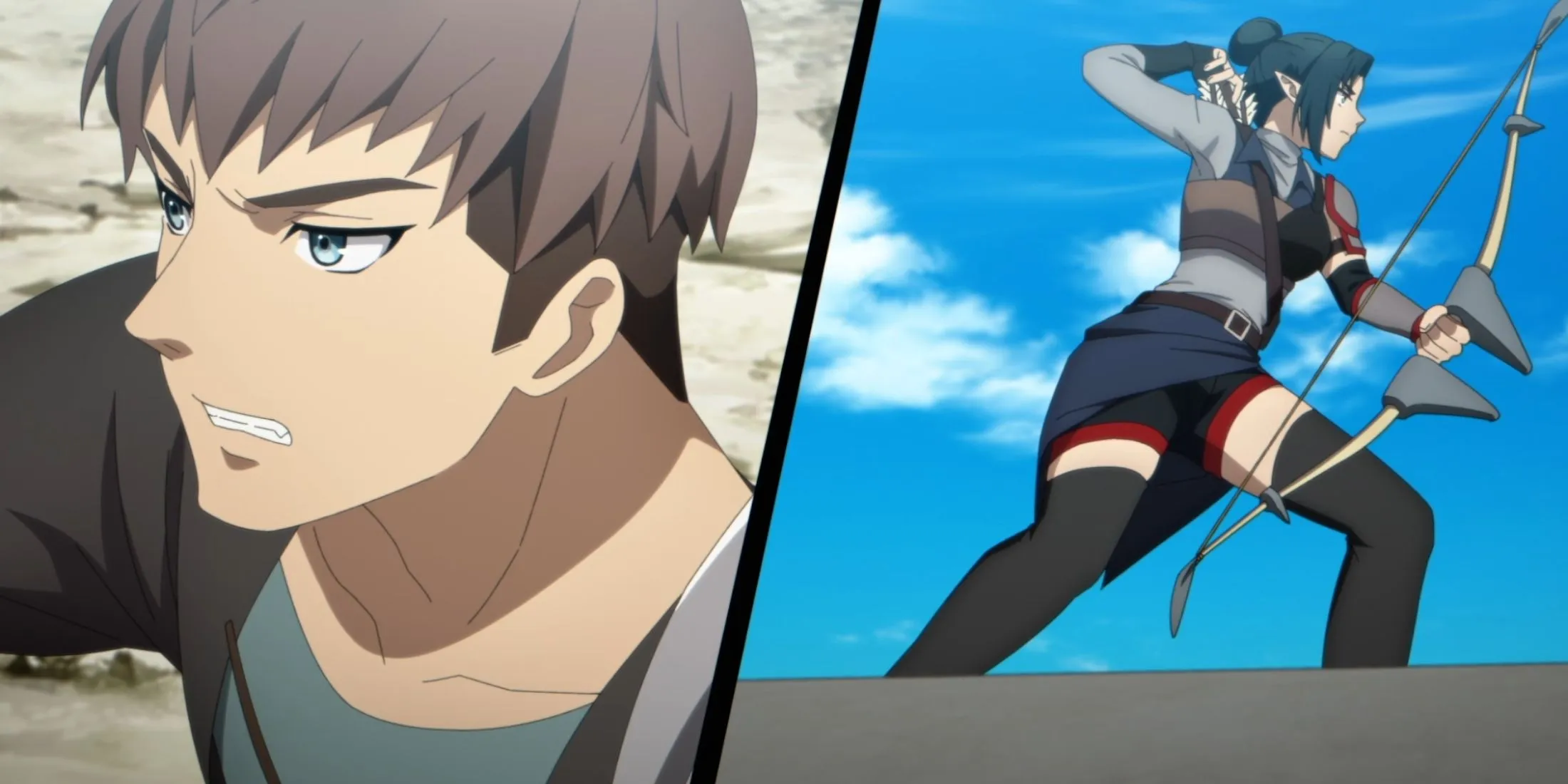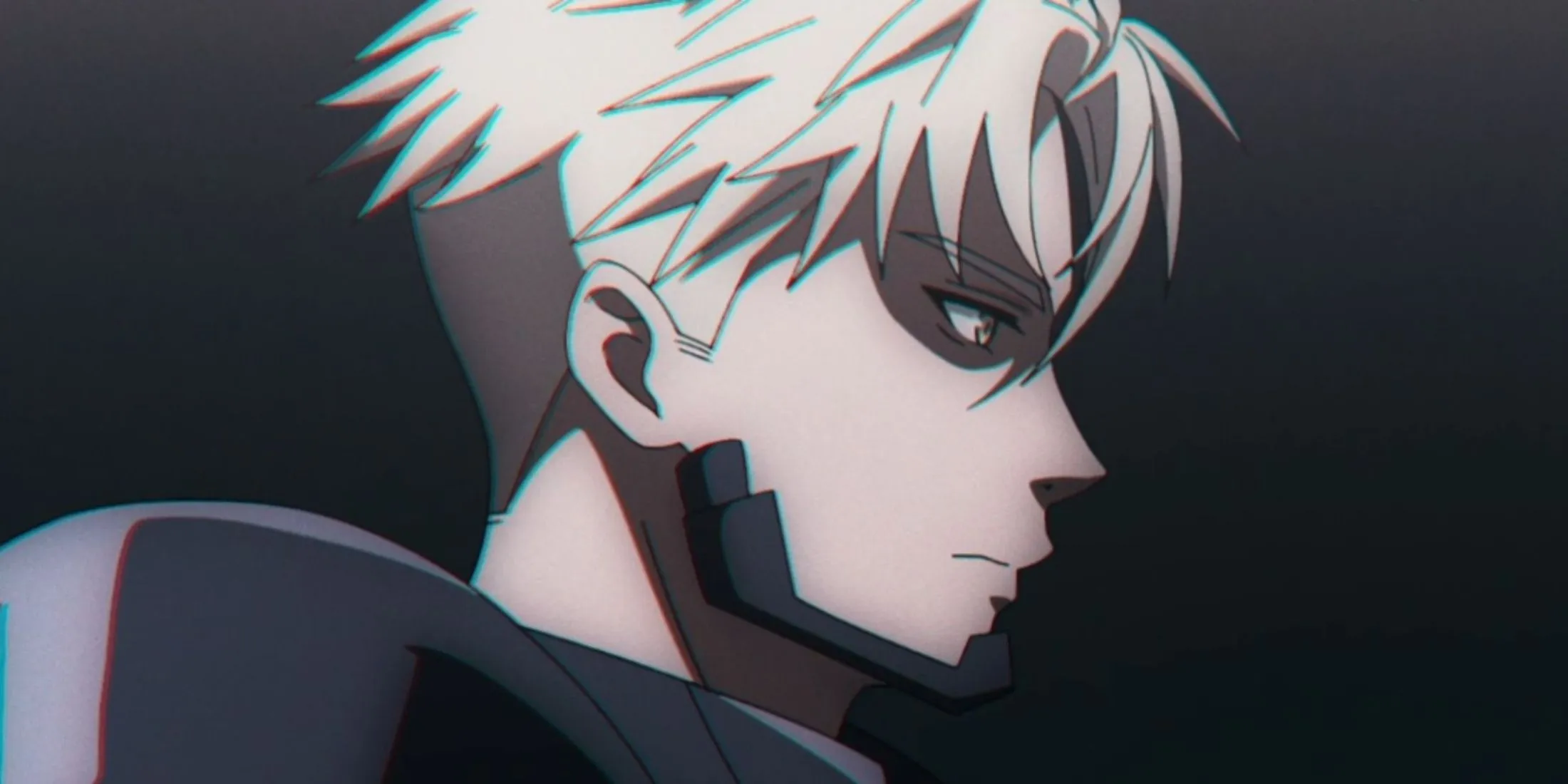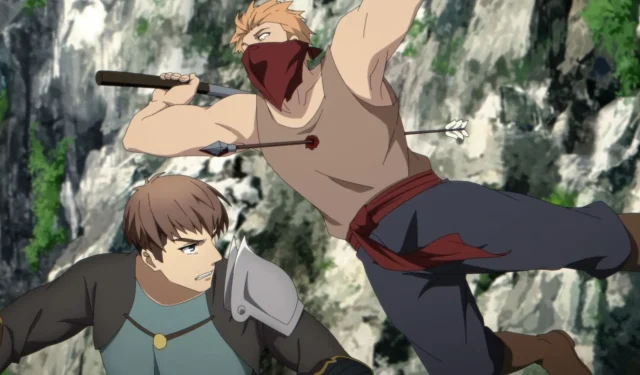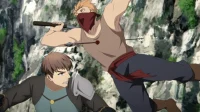Overview
- Fans are expressing disappointment over the animation quality in the anime adaptation of *The Beginning After The End* (TBATE), noting excessive use of still frames.
- Despite its animation shortcomings, the series adds significant layers to character development, particularly through reimagined scenes from Grey’s past.
- The storytelling approach could justify watching the series, even with existing flaws.
On April 2, the anime rendition of *The Beginning After The End*, a standout isekai manhwa akin to *Mushoku Tensei*, made its debut. This source material is well-regarded for its vibrant story arcs, detailed world-building, and compelling action sequences. In light of these qualities, how does the anime measure up? Is it a worthwhile watch, or should prospective fans stick to the original manga or other adaptations?
The Anime has Proven Divisive Thus Far
TBATE Fans Have Voiced Strong Criticism

At this time, only two episodes of the anime have aired, but they have sparked considerable debate among fans. A significant point of contention is the animation quality, which many viewers find lacking. The reliance on still images and camera pans has led to widespread dissatisfaction, with fans feeling that such production choices fall short of the standards expected from *The Beginning After The End*. This dissatisfaction has led to nicknames for the series, including “The Still Frame After The End” and “Solo Framing,” comparing it unfavorably to the adaptation of *Solo Leveling*.
“The Beginning After The End” anime is basically a slideshow at this point 😢 pic.twitter.com/ydvDOZx57t — Junky-San🍙 (@theanimejunky) April 10, 2025
The backlash has reached a point where some fans have banded together to launch a petition calling for the series to be canceled and entirely reanimated. The lack of attention to animation was particularly glaring in episode two, where an entire action scene was rendered in a sequence of panning stills, only accompanied by sound effects and action graphics.
Based on these initial episodes, it appears that fans hoping to see iconic moments from the series brought to life with stunning animation may be left feeling unfulfilled.
The Show’s Notable Aspects

Putting animation concerns aside, the narrative direction taken in the anime so far offers intriguing potential. The adaptation enriches character backgrounds with additional early story scenes that enhance motivations compared to previous iterations of *The Beginning After The End*.
A prime example is the portrayal of King Grey. In the original manhwa, the character’s backstory and nuances are only lightly touched upon. Initially presented as a powerful king who is ultimately betrayed, viewers don’t learn much about his character depth. In contrast, the anime gives viewers a more substantial look into Grey’s ruthless demeanor, illustrating his capacity for violence through scenes of him orchestrating mass destruction and executing innocents.
This deeper character exploration adds poignancy to the story, serving to highlight the disparities between Arthur’s old identity and his new life, enriching the audience’s understanding of his growth and the love he receives from his familial bonds.
As the series progresses, it is hoped that the anime will continue to expand upon the rich themes from the original narrative, offering more scenes that delve into world-building and character arcs. For anime enthusiasts who prioritize storytelling and character development over visual spectacle, *The Beginning After The End* may present a compelling viewing experience, provided animation quality improves in upcoming episodes.
Fans can catch *The Beginning After The End* on Crunchyroll.


